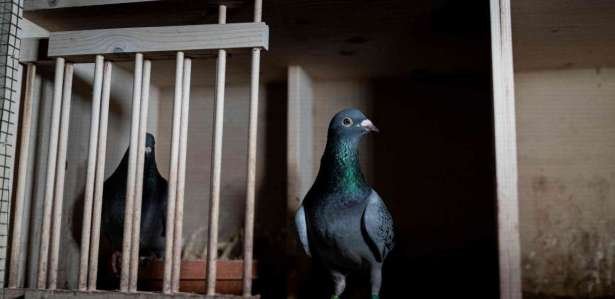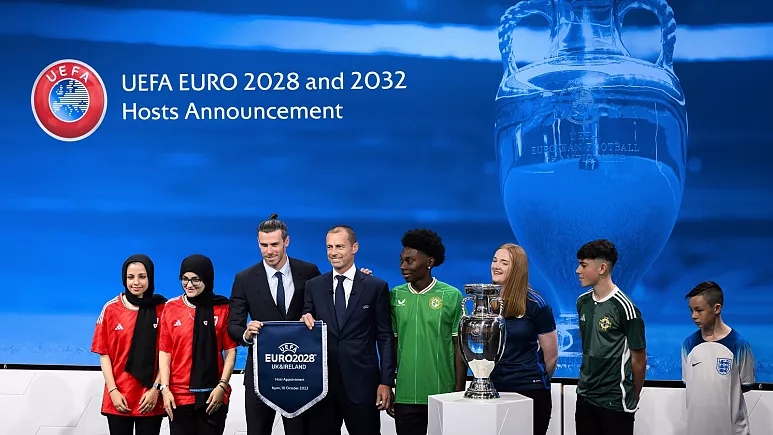
What path do athletes take from inception, through core classes, and entry into a high-performance sport, to transitioning to a new career? The details of this long and complex process are the subject of a new project of the Brazilian Olympic Committee (COB) called “sports development modela 244-page publication analyzing all phases of this path.
The document also takes a special look at coach development, key pieces to the success of athletes, and will be made available to the 34 Brazilian Olympic federations and will serve as a reference for the entire national sports system. The initiative is supported by the Olympic Solidarity Program of the International Olympic Committee (IOC). In two years, the Brazil team will be with its delegation in the Paris Games.
The document, which was developed by COB’s newly created Sports Science and Development Board, addresses the latest concepts around the long-term sports coaching process, guiding practices in the different stages of athlete development, from the first contact with the sport to the end of their sports career, where competitors can Those who have been developed globally continue to contribute to the athletic system in other roles.
With the aim of integrating the practical field and the academic field, a team composed of the Sports Development District with 13 PE specialists participated in the development of the model. In addition to an in-depth analysis of the national scenario, the publication brings together the main current trends in the development of sports in the world. COB was inspired by models from major sporting powers, such as Australia, Canada, the United States, New Zealand and the United Kingdom to design the project.
“The Brazilian Olympic Committee believes that sustainable and lasting sports development is the result of the integrated work between the various institutions of the system. Understanding the importance of the topic, we share with the Brazilian sports community the COB Sports Development Model. A guide to long-term sports training, including structuring the appropriate environment for the development of young athletes and the continuous training of coaches , as stated by Paulo Wanderley, President of the Football Association.
One of the main objectives of COB with the document is to encourage sports entities to further structure the sports development processes of their modalities, as well as to develop their training models and programs for coaches. For this purpose, COB will hold a workshop to discuss the topic.
“We seek to expand our support to federations with projects that have the potential to influence the development of Olympic sport in a sustainable way. We believe that applying the model, while respecting the specifics of each method, favors increased sports practice,” says Kenji Saito, Director of Development and Science at COB Sport.
The COB Mathematical Development Model is divided into two parts. The first is dedicated to discussing the development of athletes from a holistic perspective, while the second focuses on the continuous training of a coach, presenting the tools so that they can invest in their careers and lead the best way to train future generations. .
“As important as providing guidance for the development of athletes is as supporting the coaching process, the central factors in the long-term development of athletes. A relevant point in this context is the motivation for the coach to take the leadership role in not only the athletes, but also the multidisciplinary team and the management of their careers. Kenji reinforces.

“Lifelong web fan. Incurable internet junkie. Avid bacon guru. Social media geek. Reader. Freelance food scholar.”





